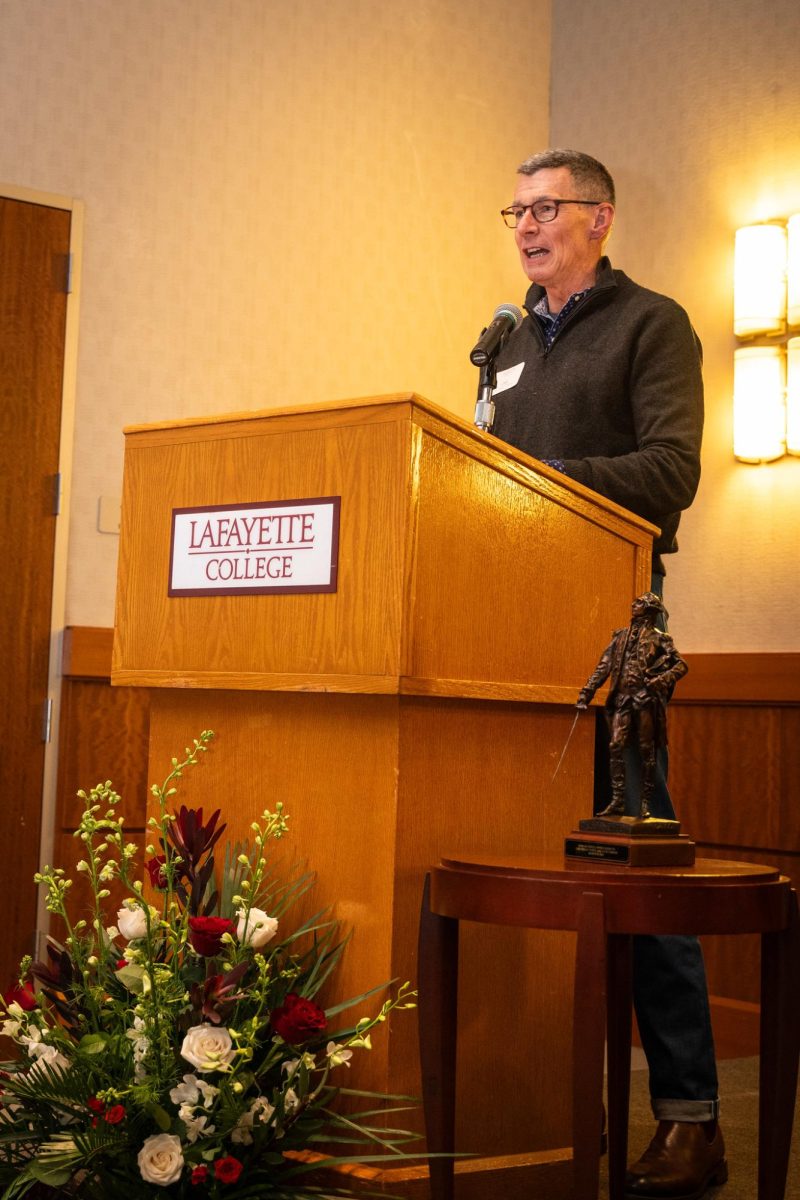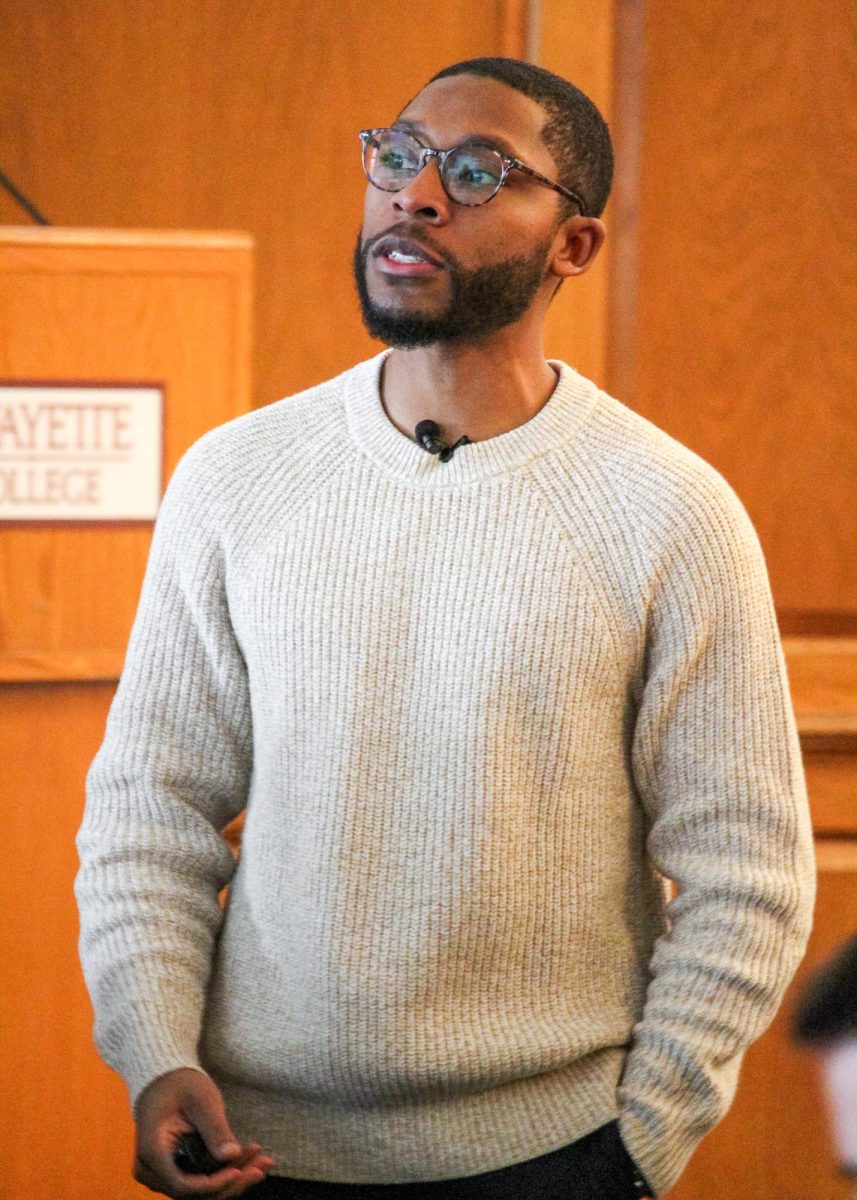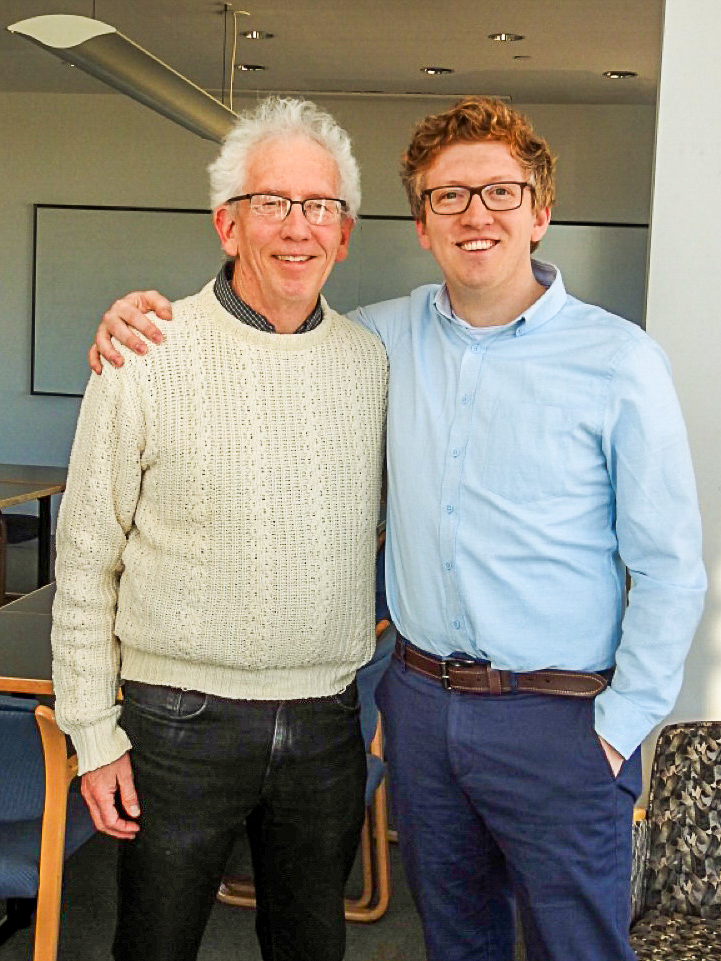Report finds one in four college presidents are women
When Alison Byerly became Lafayette’s president in 2013, she joined a minority of women at the top of the academic ladder. In the last decade a number of institutions have hired their first female presidents; however, women remain significantly underrepresented among college presidencies, according to an article from The Chronicle of Higher Education.
The article found that women make up only one in four college presidents nationwide, with those numbers remaining stagnant over the last decade.
In 1986, just 10 percent of college presidents were women, according to a study by the American Council on Education. Today, 26 percent of institutional leaders are female. This reflects an upward trend for female leadership in higher education.
While the rise has been significant, progress for women in the presidency has stalled over the last decade.
This lack of progress is reflective of the slower growth of women through all levels of the professoriate, President Byerly said, who notes that she is proud to be part of a historic trend of female leadership at Lafayette. Associate Professor of History Rebekah Pite agreed.
“Often times it is more difficult for women to get tenure track jobs, to then earn tenure, and then to be recruited.” Pite said. “I think that most college presidents have had previous academic experience: they have earned a PhD, earned tenure, then moved into some kind of administrative position before earning a position as a president and that at each of those stages women tend to be less represented and have less success and mentoring than men.”
Female professors on the tenure track are more likely to report a lack of support for professional development, a perceived lack of fit in their departments and a difficulty balancing personal and work responsibilities, according to a report by the American Council on Education.
So, there are a number of women who either pull out of a tenure track job or never get a tenure track job. If they do, Pite said, and if they are still attempting to balance work and domestic responsibilities without the help of an equal partner, then they are less likely to seek out or be asked to seek out leadership positions.
Pite believes having women in these types of roles in beneficial for the academic community.
“I think it does make a difference not only to students, but also to faculty on our campus to see a woman in that highest position of leadership.” said Pite. “I think it is beyond time.”








































































































